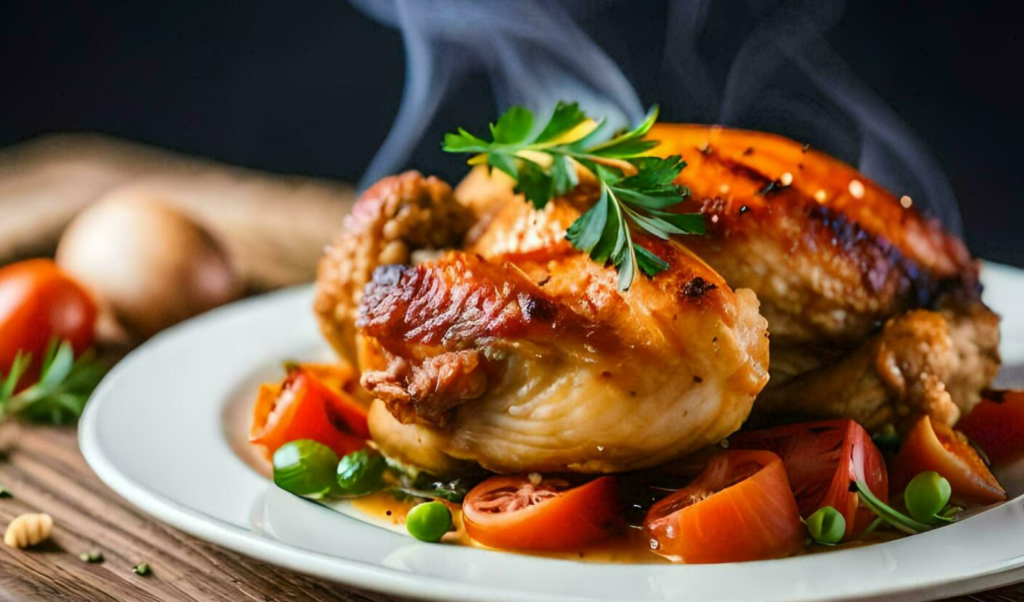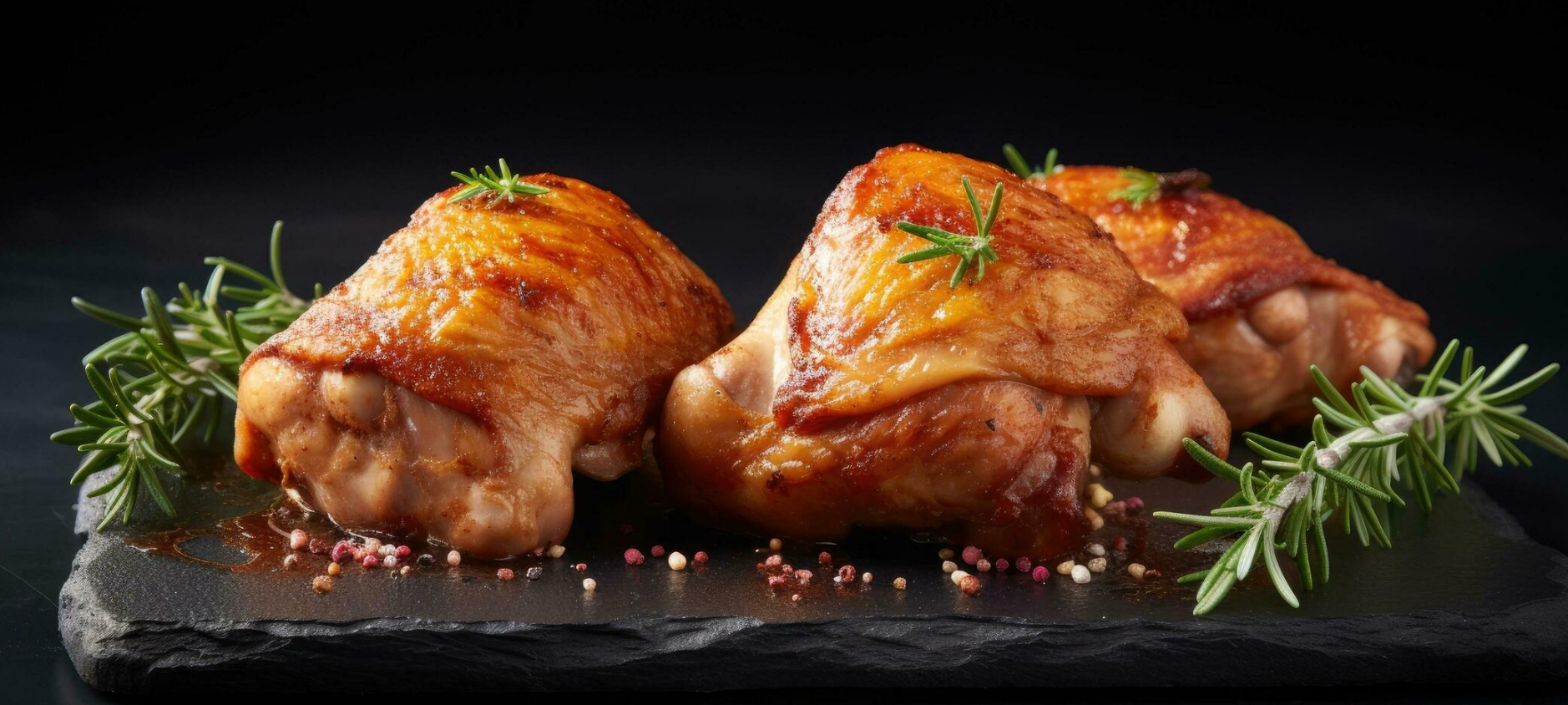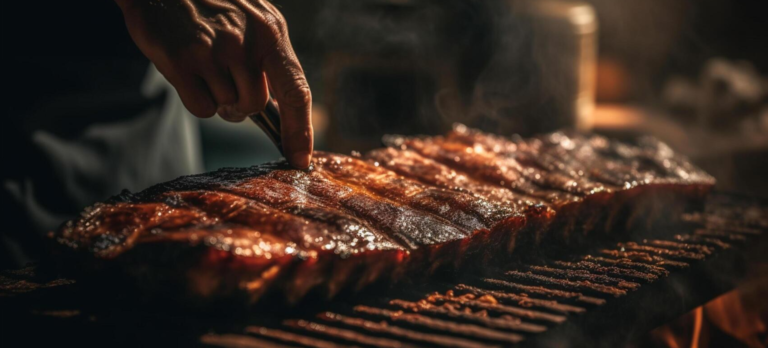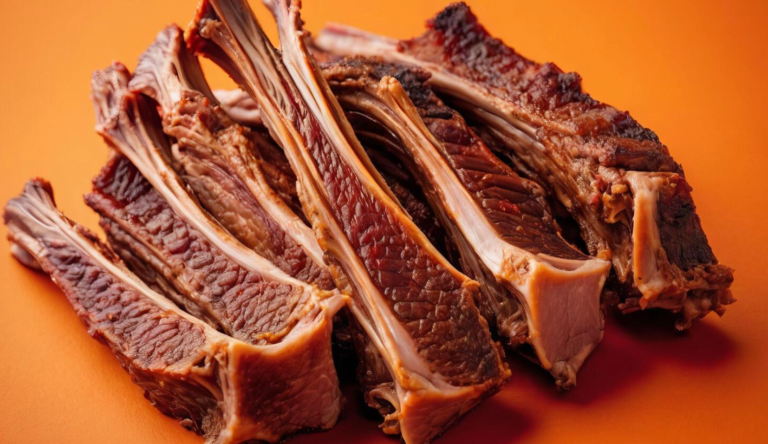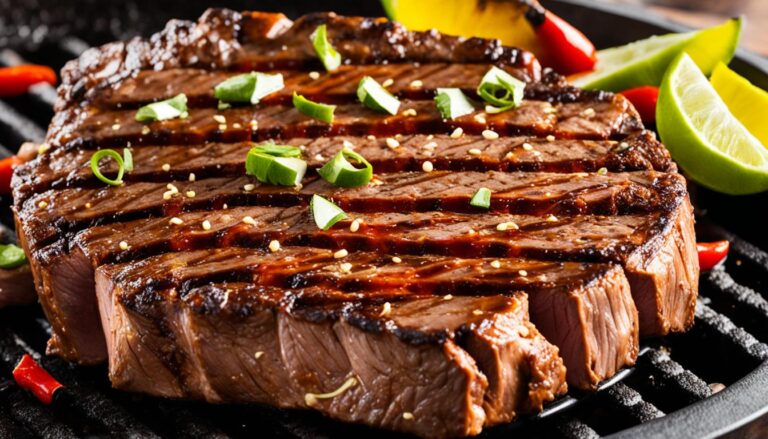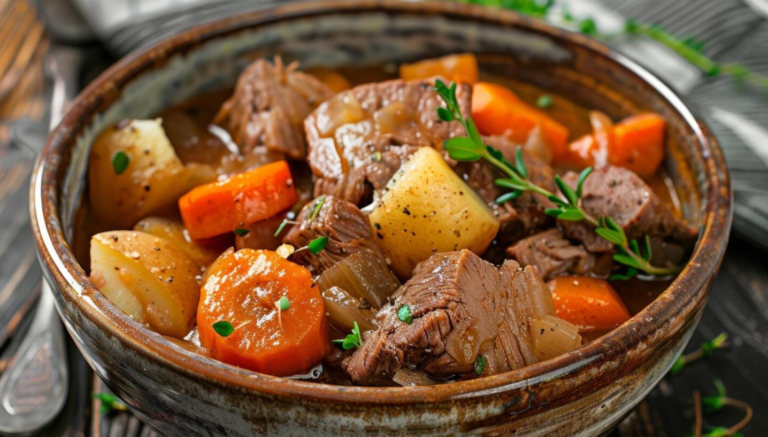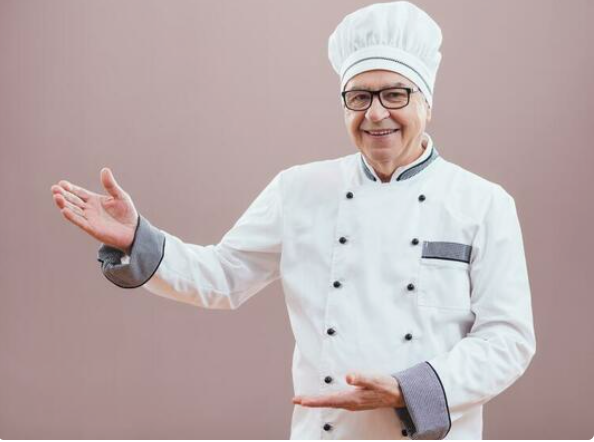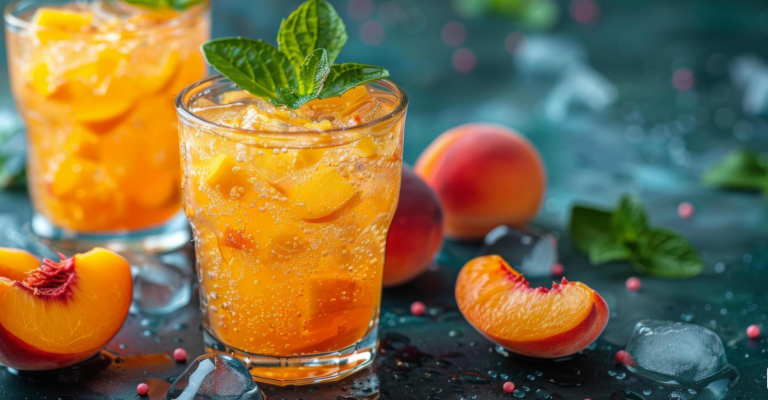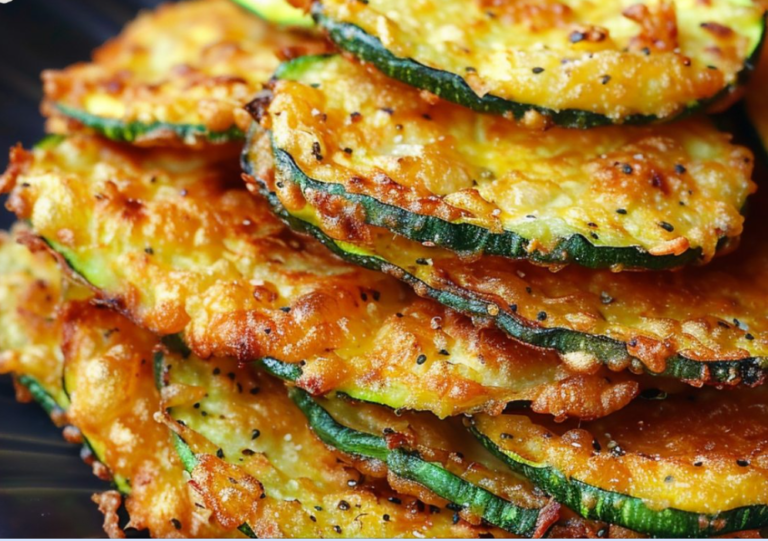Introduction
Boiling chicken thighs is a simple and healthy way to prepare a delicious meal. Knowing the correct boiling time ensures that your chicken is tender, juicy, and fully cooked. In this article, we’ll explore everything you need to know about boiling chicken thighs, including factors that affect boiling time, step-by-step instructions, and tips for perfect results.
Understanding Boiling Times for Chicken Thighs
Several factors can affect how long it takes to boil chicken thighs. These include whether the thighs are bone-in or boneless, fresh or frozen, and their size.
- Bone-In vs. Boneless: Bone-in thighs generally take longer to cook than boneless ones.
- Fresh vs. Frozen: Frozen thighs will take longer to boil than fresh ones.
- Size of Thighs: Larger thighs will take more time to cook through compared to smaller ones.
On average, it takes about 20-30 minutes to boil medium-sized chicken thighs. To ensure they are fully cooked, the internal temperature should reach 165°F (74°C).
For more details on the nutritional benefits of chicken, check out this Healthline article.
Step-by-Step Guide to Boiling Chicken Thighs
Ingredients Needed
- 4-6 chicken thighs
- Water
- 1 teaspoon salt
- Optional: peppercorns, bay leaves, garlic cloves, and other seasonings
Preparation Steps
- Clean the Thighs: Rinse the chicken thighs under cold water and pat them dry with paper towels.
- Prepare the Pot: Fill a large pot with enough water to cover the thighs completely. Add salt and any additional seasonings.
For a detailed guide on making perfect boiled chicken thighs, refer to this Simply Recipes article.
Boiling Process
- Bring Water to a Boil: Place the pot on the stove over high heat and bring the water to a boil.
- Add Thighs: Carefully add the chicken thighs to the boiling water.
- Adjust Heat: Reduce the heat to medium-low and maintain a gentle boil.
- Cook: Boil the thighs for 20-30 minutes, or until the internal temperature reaches 165°F (74°C).
Checking Doneness
- Meat Thermometer: Insert a meat thermometer into the thickest part of the thigh to check the internal temperature.
- Visual and Texture Checks: The meat should be opaque and easily pull away from the bone.
Post-Boiling Steps
- Resting: Remove the thighs from the pot and let them rest for a few minutes.
- Additional Preparation: You can grill, fry, or bake the boiled thighs for added flavor and texture.
Benefits of Boiling Chicken Thighs
Boiling chicken thighs is not only easy but also offers several health benefits:
- Lower Fat Content: Boiled chicken is lower in fat compared to fried chicken.
- High Protein: Chicken thighs are a great source of protein, which is essential for muscle repair and growth.
- Rich in Nutrients: They provide vitamins and minerals such as B vitamins, iron, and zinc.
Tips for Perfectly Boiled Chicken Thighs
- Choosing the Right Pot: Use a pot large enough to allow the thighs to be fully submerged in water.
- Seasoning Tips: Enhance the flavor by adding peppercorns, bay leaves, garlic, or herbs to the boiling water.
- Maintaining Temperature: Keep the water at a gentle boil to ensure even cooking.
- Avoiding Common Mistakes: Don’t overcook the thighs, as this can make them tough and dry.
Variations in Boiling Chicken Thighs
For Soups and Stews
- Add boiled thighs to soups and stews for added protein and flavor.
- Use the broth created from boiling the thighs as a base for your soups.
For Grilling or Frying
- Parboil the thighs before grilling or frying to reduce cooking time and ensure even cooking.
- Season the thighs before further cooking for added flavor.
Different Cuisines
- Asian Style: Add soy sauce, ginger, and scallions to the boiling water.
- Mediterranean Style: Use olive oil, lemon, and herbs like rosemary and thyme.
Serving Suggestions and Recipes
- Side Dishes: Serve boiled chicken thighs with steamed vegetables, rice, or mashed potatoes.
- Recipes: Incorporate boiled thighs into salads, sandwiches, or casseroles for a complete meal.
FAQs
How long does it take to boil chicken thighs?
It takes about 20-30 minutes to boil medium-sized chicken thighs until they reach an internal temperature of 165°F (74°C).
Can you overcook chicken thighs by boiling?
Yes, overcooking can make the meat tough and dry. Always check the internal temperature to avoid overcooking.
Is it necessary to season the water when boiling chicken thighs?
Seasoning the water is optional but recommended for added flavor.
Can boiled chicken thighs be frozen?
Yes, boiled chicken thighs can be frozen. Allow them to cool completely, then store in an airtight container for up to 3 months.
What are the signs that chicken thighs are fully cooked?
The meat should be opaque, pull away easily from the bone, and reach an internal temperature of 165°F (74°C).
Conclusion
Boiling chicken thighs is a versatile and healthy cooking method that can be used in a variety of dishes. By following the correct boiling times and techniques, you can ensure your chicken is tender, juicy, and flavorful. Experiment with different seasonings and serving suggestions to make the most of this simple yet delicious cooking method.
Internal Linking Opportunities
- In the section discussing the nutritional benefits, you can link to “The Ultimate Guide to Candied Fruits” with the anchor text: “learn more about the nutritional benefits of various fruits.”
- In the preparation steps section, you can link to “How to Steam Tamales” with the anchor text: “explore advanced steaming techniques for perfect results.”
- In the serving suggestions section, you can link to “What to Serve with Chicken Pot Pie” with the anchor text: “find the best side dishes to pair with your meals.”
